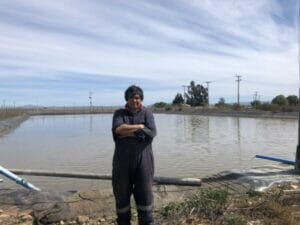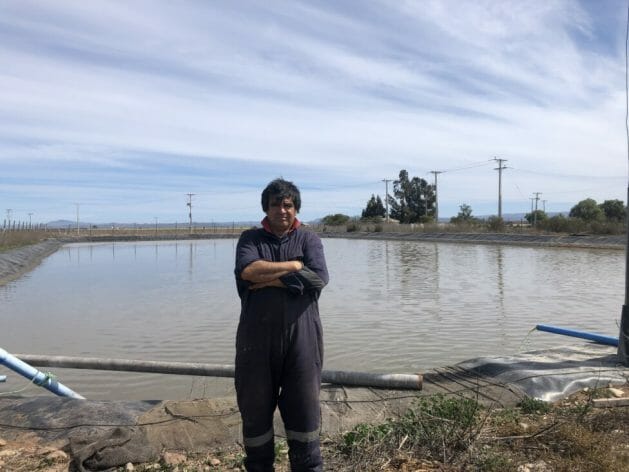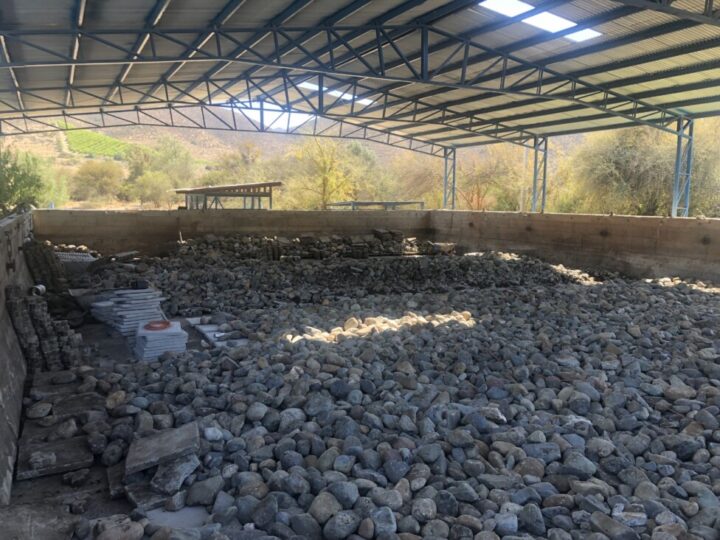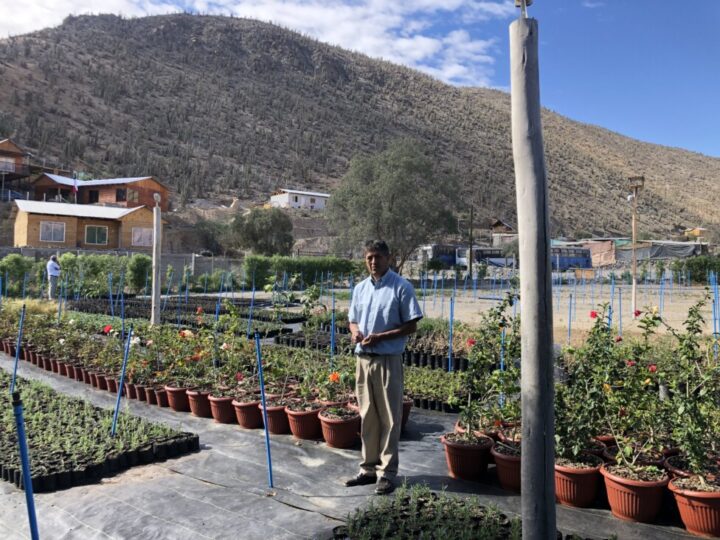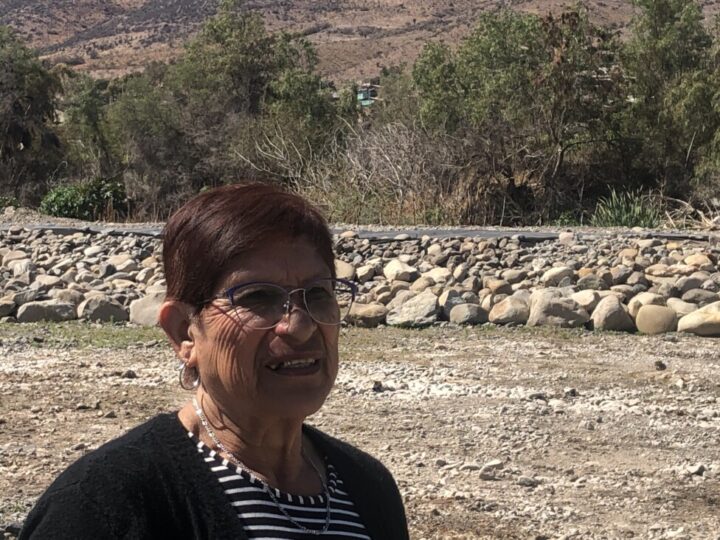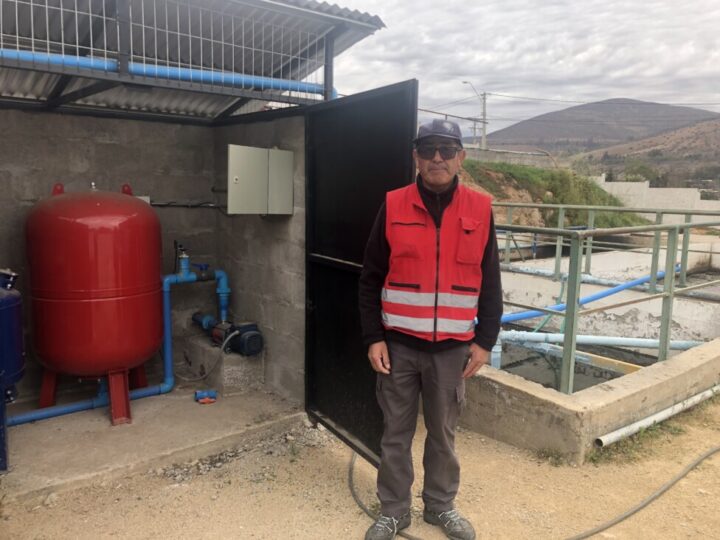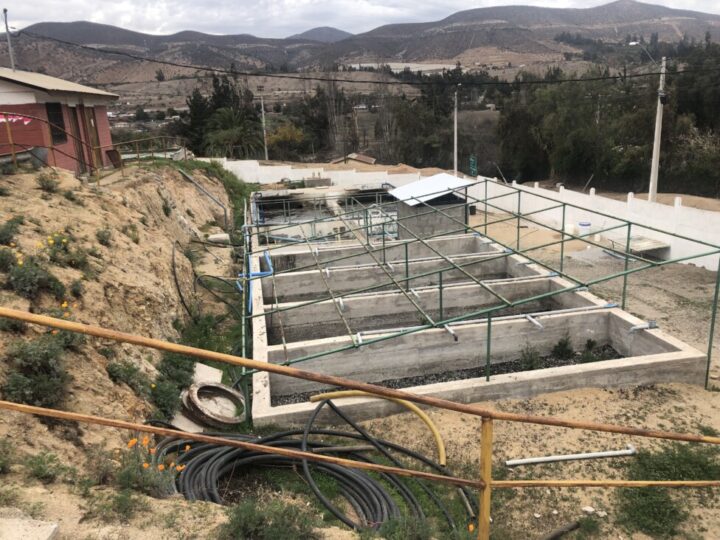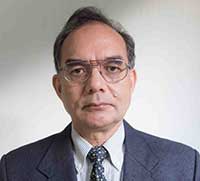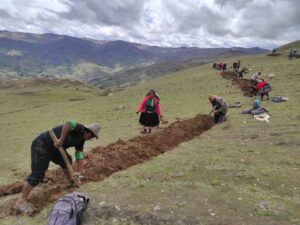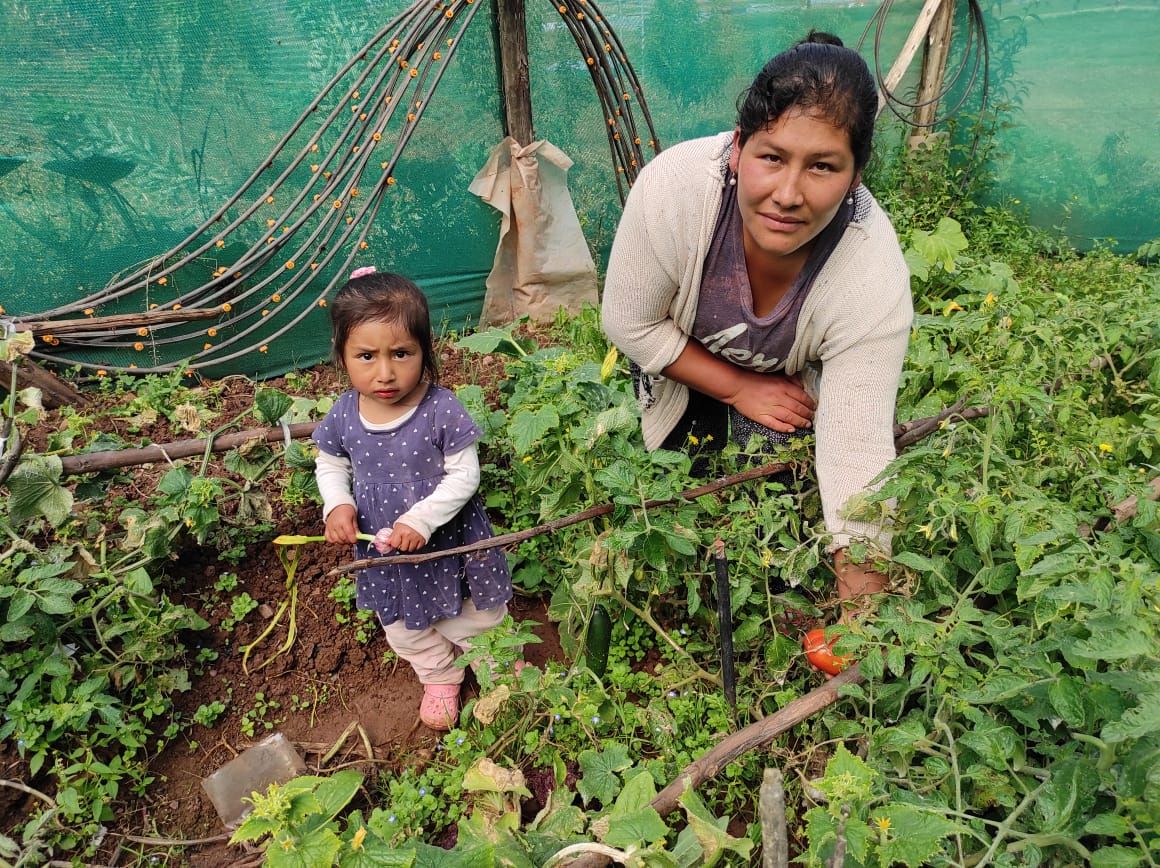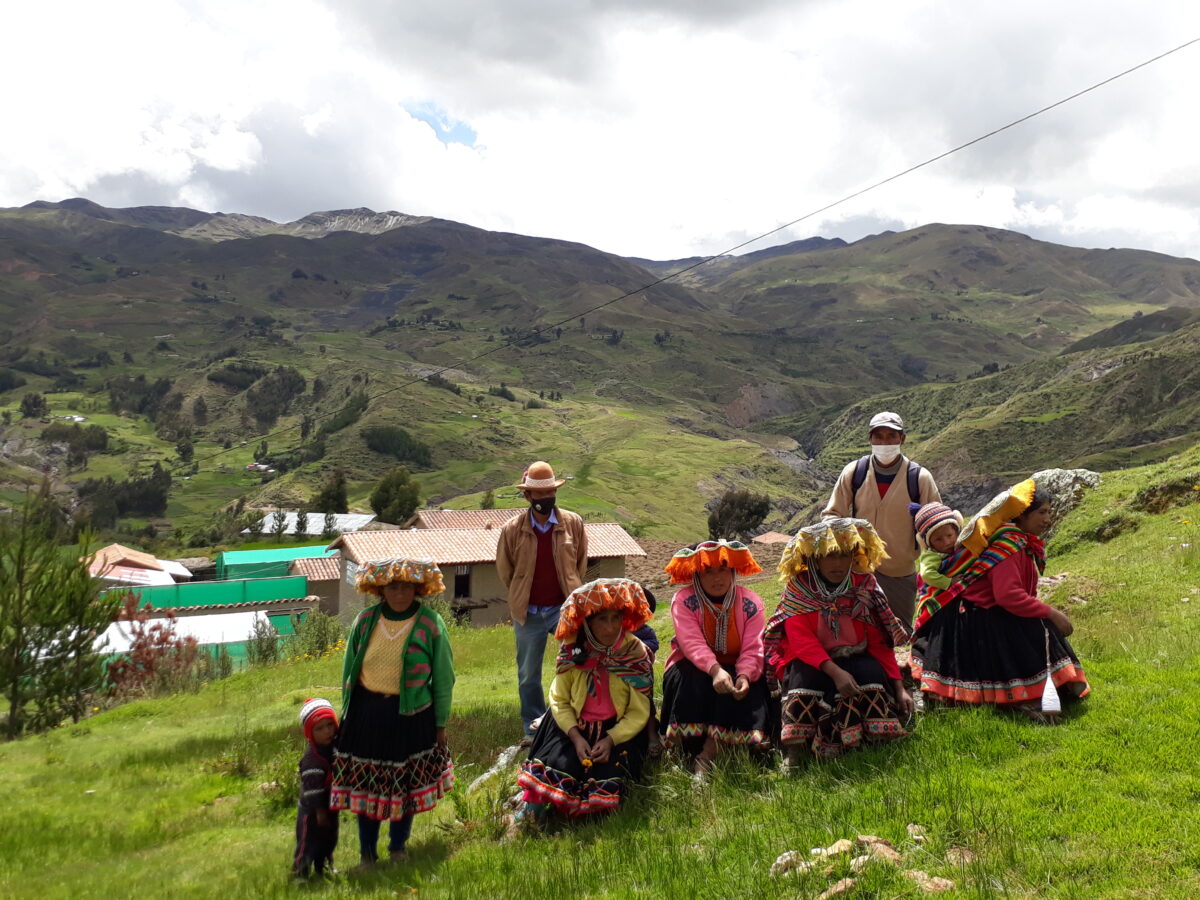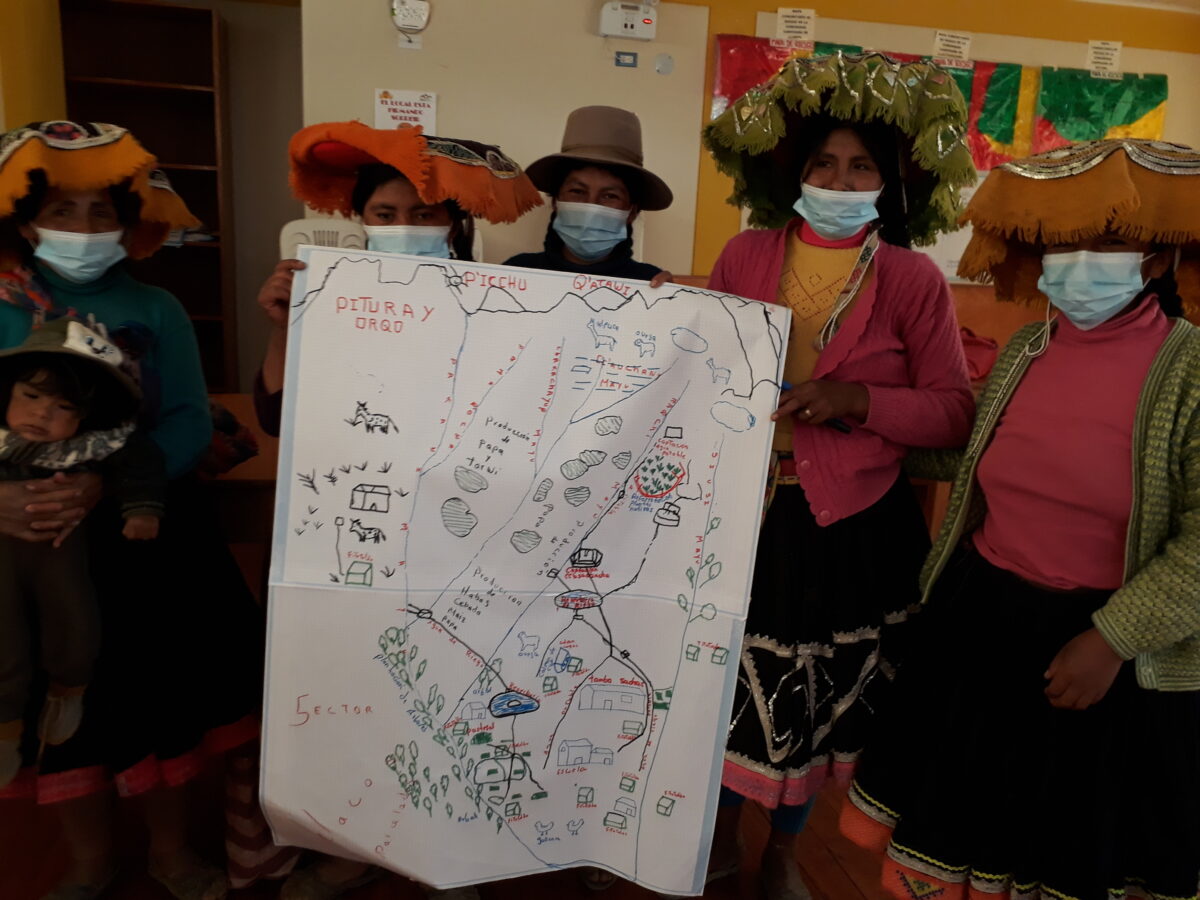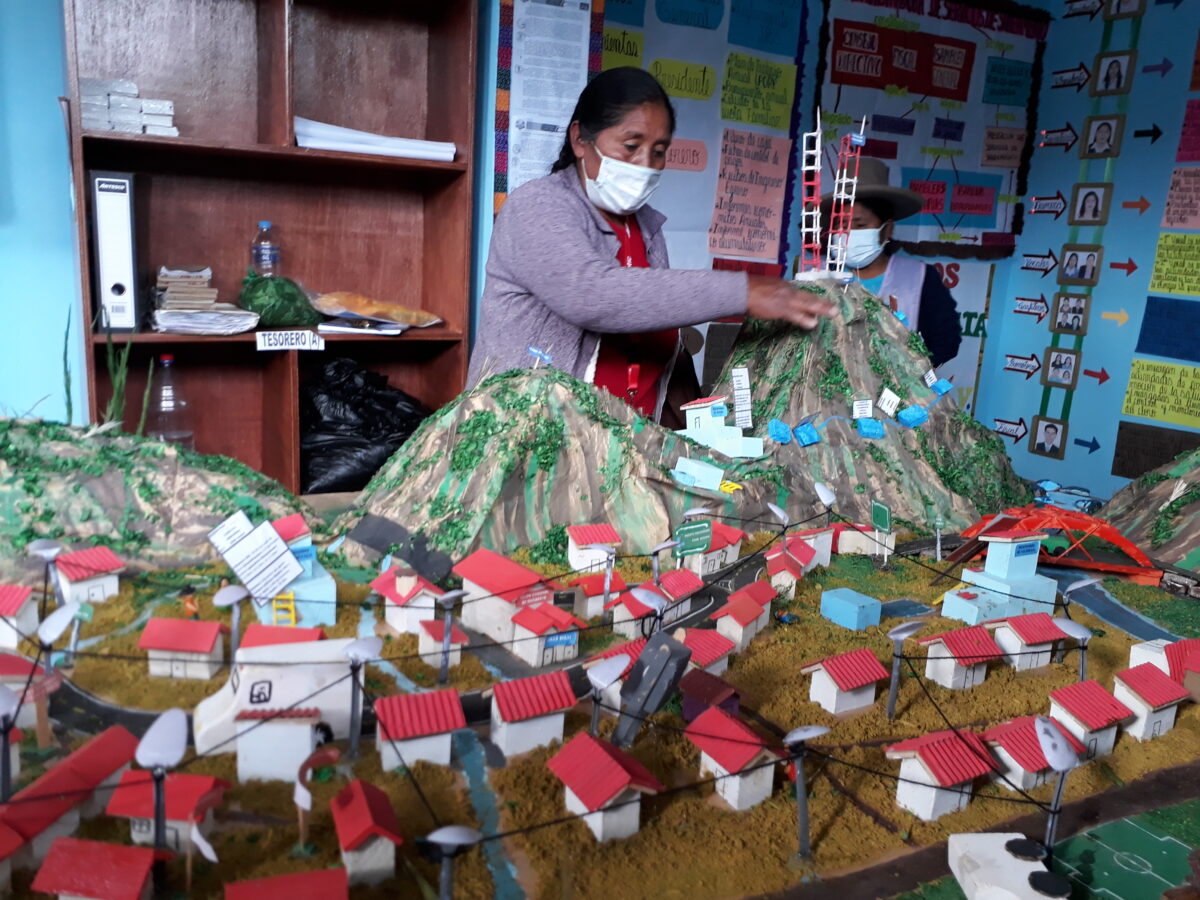
Biodiversity, Civil Society, Climate Action, Climate Change, Combating Desertification and Drought, Environment, Global, Headlines, Sustainable Development Goals, TerraViva United Nations

Negotiations on a future global drought regime got underway at UNCCD COP16 in Riyadh, Saudi Arabia December 2-13.
– Courage and not compromise. That was the motto desperately launched by members of the civil society in the twilight of the negotiations of the Plastic Pollution Treaty in Busan, South Korea last week.
As we now know, the negotiations did not yield the results that would have helped Planet Earth set a groundbreaking target to reduce the amount of plastic being produced.
Meanwhile, the international community is onto another crucial meeting in Riyadh, the capital of Saudi Arabia to discuss global efforts against desertification. It is going to be another COP process, what is formally known as the 16th Session of the United Nations Convention to Combat Desertification or UNCCD. (COP16, December 2-13).
Apparently, this time, the host, Saudi Arabia, is going to lead a tremendous effort to ensure a strong outcome. Over the last two and half months, Riyadh, rather than being a global leader to ensure the survivability of our planet, a champion of sustainability, has been a disruptor.
The Saudis were among those who have been undermining the recently concluded Climate COP 29 in Baku and, to a lesser extent, the COP 16 on Biodiversity in Cali, Colombia.
But a review of what unfolded over the last two and half months, would also bring an indictment for act of omission not only to the Petro states but also to all developed nations.
Indeed, the eleventh-hour rallying cry– “courage, not compromise”– should have been embraced as the North Star by all those nations who were ready to take bold steps in the three recently concluded COP processes.
In Busan, as explained by the Center for International Environmental Law, CIEL, ” negotiators had several procedural options available, including voting or making a treaty among the willing”. Yet the most progressive nations, around 100 countries, including the EU and 38 African nations and South American countries, did not dare to go beyond the traditional approach of seeking a consensus at any cost.
Ironically what happened at COP 16 and COP 29 was equally a travesty of justice as developed nations did not budge from their positions. At the end, the final deals on biodiversity and climate financing, were in both cases extremely disappointing especially in relation to the former.
Indeed. in Cali, there was no agreement at all in finding the resources needed to implement the ambitious Kunming- Montreal Global Biodiversity Framework.
According to BloombergNEF (BNEF), in its Biodiversity Finance Factbook, ” the gap between current biodiversity finance and future needs have widened to $ 942 billion”.
The Global Biodiversity Framework Fund (GBFF), the financial vehicle to implement the Framework, is still very far from becoming a true game changer.
The millions of dollars that a small group of European nations have pledged during the negotiations in Cali, are still a miniscule contribution in relation to what was agreed two years ago in Montreal where the second leg of the COP 15 was held.
There, the final outcome underpinning the Framework, required the mobilisation of financial resources for biodiversity of at least US$200 billion per year by 2030 from public and private sources and identifying and eliminating at least US$500 billion of annual subsidies harmful to biodiversity.
What unfolded in Baku at the climate COP was also, in terms of financing, embarrassing for developed nations. The hardly negotiated agreement of tripling the US$ 100 billion per year by 2035 with a commitment to reach up to US$ 1.3 trillion by the same year through different sources of money, including difficult to negotiate levies, is far from what is required.
On this front, the embarrassment was not only on the traditional developed nations but also on countries like China and the Gulf Nations who stubbornly rejected their responsibility to play their part in climate financing.
At least, as part of a last minute compromise, the developed nations (G7 and few others like Australia) will now co-lead the responsibility of finding the resources. China and others wealthy nations that, according to an outdated UN classification are still officially considered as “developing”, will contribute but only on voluntary basis.
As we see, the final outcomes of these three COPs were far from being courageous. Compromising, epitomized by concepts like ” constructive ambiguity”, agreeing on something that can be interpreted differently by the nations at the negotiating tables, instead dominated.
At this point, considering the frustrations of these mega gatherings, what could be done? Is the existing model of the COP with its complexities and endless delays and bickering, still viable?
The influential Club of Rome, on the last days of COP 29, had released a strongly worded press release asking for a major reform of the ways negotiations were carried out. “The COP process must be strengthened with mechanisms to hold countries accountable”. The document went even further with calls to implement robust tracking of climate financing.
Also, with each COP, a series of new initiatives are always launched, often just for the sake of visibility and prestige.
The risk is having a multitude of exercises and mechanisms that drains resources that, are at the end, are neither productive nor meaningful but rather duplicative and ultimately, a waste of money.
We should be even more radical, I would say. For example, the international community should introduce the same peer to peer review process in place in the Human Rights Council that, frankly speaking, is hardly a revolutionary tool.
And yet, despite the fact that nations with a solid track record in human rights abuses remain unscathed in the Council, such a change would represent some forms of accountability in the areas of biodiversity and climate.
This could be envisioned as a reform that should accompany the implementation of the upcoming 3rd wave of Nationally Determined Contributions due by 2025. Getting rid of the consensus model is also something that should truly be considered.
Why not holding votes that would break the vetoes of even one single nation? Why being so attached to unanimity when we do know that it is not working at all?
As show in Busan, it is the traditionally developed nations that lack courage and farsightedness in pursuing a procedure that might backfire against them. This is, instead, a cause that at least the EU, Canada and Australia should embrace. Yet we are still very far from reaching this level of audacity.
Another fanciful thinking relates to tie nations’ actions to the possibility of hosting prestigious sports tournament. Why not forcing international sport bodies like FIFA to reward the hosting rights for its mega events only to nations which are climate and biodiversity leaders in practice rather than through empty but lofty declarations?
Unfortunately, there will never be consensus within the football federations that run FIFA governing body or say, within the International Olympic Committee. A more promising area, though also not easy to put into practice, would be to find ways in which non state actors would have a real say in the negotiations.
Both the COP 16 and the COP 29 reached some breakthroughs in relation to giving more voice, for example, to indigenous people. In Cali, it was decided to establish a new body that will more power to indigenous people.
It is what is formally known, in reference to the provision related to the rights of indigenous people of the International Convention on Biodiversity, as the Permanent Subsidiary Body on Article 8(j).
The details of this new body will be object of intense negotiations but at least a pathway has been created to better channel the demands of a key constituency who, so far, has struggled to gain its due recognition.
Also at COP 29 saw some wins for indigenous people with the adaption of the Baku Workplan and the renewal of the mandate of the Facilitative Working Group (FWG) of local Communities and Indigenous Peoples Platforms.
Surely there can be some creative solutions to strengthen what was supposed to be the platform to incorporate and engage non state actors, the Marrakesh Partnership for Global Action.
The members of civil society could come up with new ideas on how to formally have a role in the negotiations. While it is impossible to have non state actors at the par of member states party to the conventions around which the COPs are held, surely the latter should be in a better place and have some forms of decision power.
Lastly one of the best ways to simplify these complex and independent from each other negotiations, would be to work towards a unifying framework in relation to the implementation of the biodiversity and climate conventions.
On this, the Colombian Presidency of the COP 16 broke some important grounds with Susana Muhammad, the Minister of Environment and Sustainable Development of Colombia who chaired the proceedings in Cali, pushing for bridging the gap between biodiversity and climate negotiations.
None of the propositions listed here are going to be easy to implement. What we need is simple to understand but also extremely hard to reach.
Only more pressure from the below, from the global civil society can push governments to make the right choice: setting aside, at least for once, the word compromise and instead chose another one that instead can make the difference while instilling hope.
This word is called courage.
Simone Galimberti writes about the SDGs, youth-centered policy-making and a stronger and better United Nations
IPS UN Bureau






